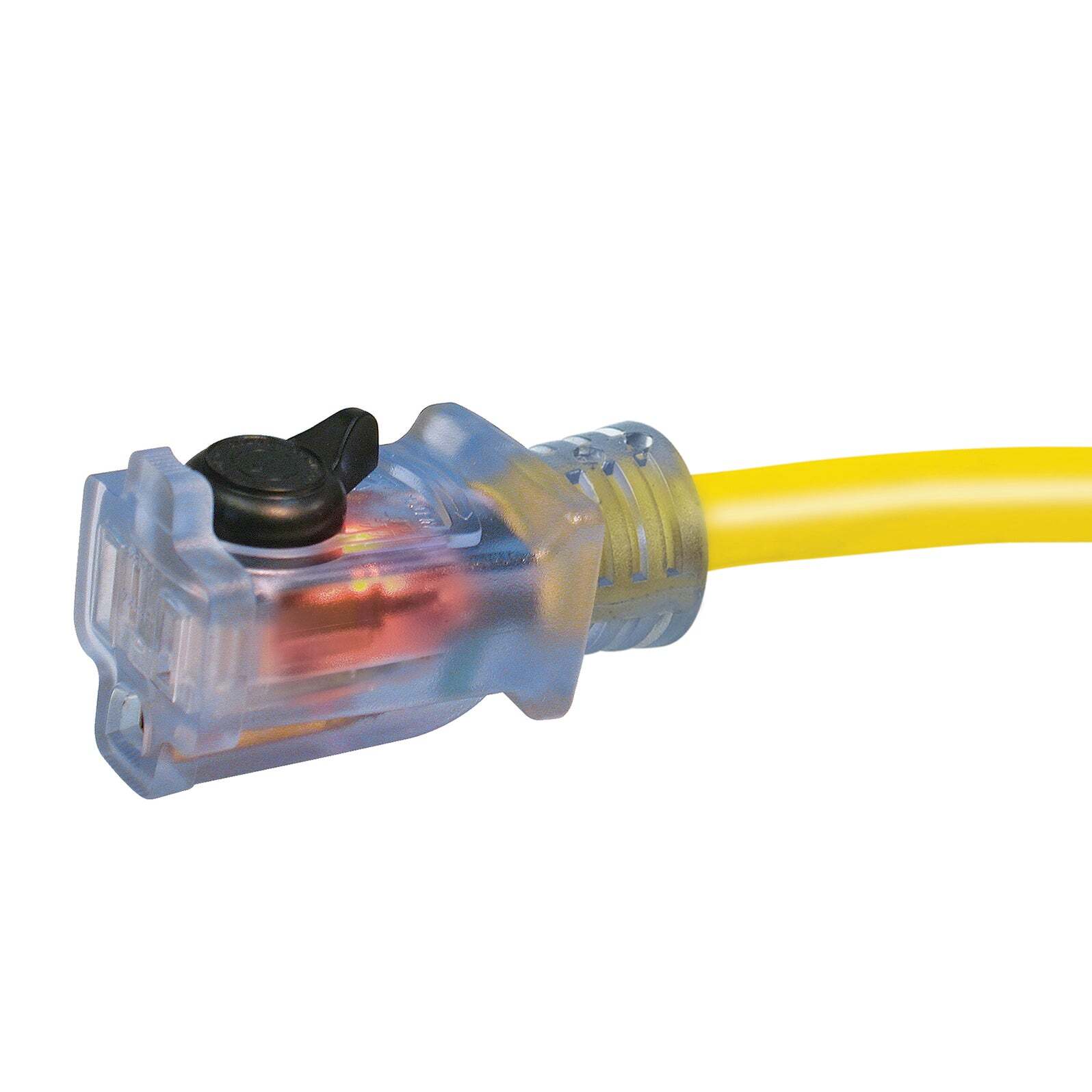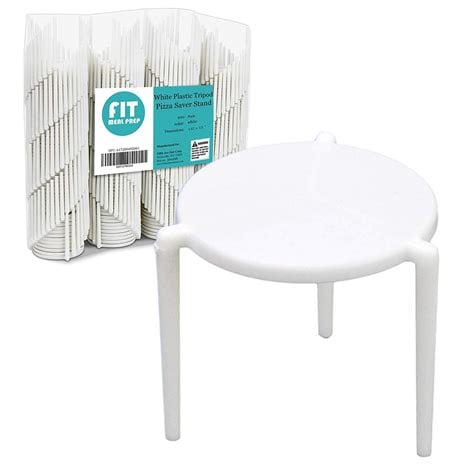I’m going to disagree with most of these comments. They don’t protect the prong so much as they protect the cord or other objects in the cords vicinity (painted surfaces, fragile surfaces, etc). The little plastic cap that covers tire stems on cars and bikes , while keeping it clean when installed, are primary to prevent chaffing issue on the inner tube whike shipped and stored; same thing with this prong shroud. They have holes in them as to not retain moisture I imagine.
Long story short, the prongs are metal and have corners. They are the strongest, “sharpest” thing in the box. The plastic isn’t protecting the prongs from us, it’s protecting us from the prongs.
deleted by creator
ah, same vibe as “I’m not locked in here with you, you’re locked in here with me”
Why not both?
Primarily for not scratching surfaces, but with a side benefit of not needing to be packed as carefullly.
Exactly.
You commonly get plastic protectors like that with UK plugs which have squarish metal pins with hard corners - example - but I don’t remember ever seeing any such things coming with EU plugs, of which there are two two types but both with all pins having round tips - example.
This is consistent with the explanation that those plastic covers are to protect everything else from the plug pins, hence why they come on plugs whose pins have tips with hard corners that more easilly perforate or shred things but not on those with tips which are rounded.
In the specific example of this post, two of the pins are have hard corners and although the other does not, the plastic protector covers all 3 probably because it’s just a more stable fit (and it looks better) if it slots in all 3 than in only the more dangerous 2 even if it’s not doing much for the round pin.
I believe it’s to protect the prongs from getting damaged during shipping - and if the container gets rained on or something, it could provide some protection from that
I’m of the opinion that it’s just to improve the perception of package quality. I don’t see those cheap plastic pieces as keeping the prongs from accidentally warping or bending but I guess they could keep moisture away. I’ve never received a corroded set of prongs before their use though so my theory stands as they are upping the packaging visual aesthetics.
Yeah this is probably the most likely. We do love to put plastic on everything.
Could it be to protect the rest of the item from getting scratched by the prongs? Especially a screen, or some soft/glossy plastic case that would be prone to scratches.
Edit: I submitted this right after Hylactor’s top comment and I agree with them!
I’ve been buying electrical and electronic things for years (okay decades), and the toys and computers I got as a kid never had these. The cords are always nicely coiled in their own cavity of the box too, so already protected well enough.
All in all it just seems like a solution to a non-existent problem.
It could be to protect the cord from being damaged by the prongs - the plastic cover would be softer and less sharp.
It looks very easy to produce, what if it’s for the illusion of higher quality? In which case the small increase in production cost is worth it for better sales (or allows them to sell the item at a higher price).
Same idea as the unnecessary packaging on fruits at the store
It may also protect against accidental contact. Like if the prongs lay across something metal with a voltage differential, it could be a problem.
That’s a reasonable guess, but it suggests that (a lot) of people are unpacking new electronics over bare live electrical wire.
but a simple plastic bag would be enough for that?
The plastic adds enough rigidity overall to help resist bending. The combination of the metal inside and the overall thickness of the added plastic is pretty good. It won’t resist a Hulk smash or a tank rolling over it. But it should, hopefully, resist routine bending forces during packaging and shipping. Goof around with it the next time you receive one, and you’ll see what I mean.
I think it’s just to stop the prongs from scuffing other things in the same package compartment. Usually you’ll get the cord in a bag or with the plastic but not both. With the cord is in a section of the packaging with other items it keeps them from getting scratched.
It’s to protect the prongs during shipping or whatnot so they don’t get bent, or to protect other things in the package from the prongs scratching them up. Might also protect them from corrosion.
Yeah, it keeps the cheese 🍕 from sticking to the box.
I like how many of the new top level comments on here are going the way of Reddit already.
One-liners trying to be funny or make puns instead of actually engaging in conversation, indistinguishable from bots. :(
I guess you could say they’re plugging up the discussion!
In all seriousness, it takes more humanity to make a relevant joke than to identify an object in an image, analyze the accompanying text, and form a response that answers the question without a trace of a smart-ass tone.
The old sci-fi books were right. You can’t teach a robot to laugh. Not in the same way people do, with the tech we currently have, at least.
I just wish more people would be helpful after making their joke, all within the same comment. Keep it engaging and relevant rather than picking just one lane.
Being funny is engaging in conversation though.
Here’s an actual bot answer:
Those plastic covers for electrical plugs are typically used to protect the plug prongs when they’re not in use. They help prevent the prongs from getting bent, damaged, or exposed to dirt and debris. Plus, they can minimize the risk of accidentally touching the prongs and getting a static shock.
And here’s a joke that I asked ChatGPT to make:
Ah, those little plastic mysteries—probably just trying to keep the plugs warm in the winter!
I guess it is a good thing that this is seen as a problem worthy of addressing. I tend to comment more than I would have on reddit, as a means of just driving up activity and engagement on this comparatively low traffic alternative, and so I will definitely go in for some low effort joke cracking just to get the ball rolling sometimes. Maybe that’s not as needed anymore.
I’ve been here a fraction the time you have, and have 3.5 times as many comments as you do.
Yes, you absolutely need to step up your game. What are you even DOING with your life??? Living it??? Pssshhhh!!! Gotta feed the fediverse! Grow the fediverse! All hail fediverse!!!
…so what’s new with you?
The real interesting question is those two holes in the end of two of the prongs.
What are they for?
A long time ago there were two little dimples inside the outlet that corresponded to those holes, they would kind of help snug the cord in place and hold it in. Modern outlets don’t need that anymore since they kind of squeeze the prongs with springs, so why are we still drilling holes in all the plugs?
Well, it turns out, that if you don’t drill them, consumers think there is something wrong with the plug and don’t want to use it. True story.
Apparently, there are places out there and manufacturers that have decided to stop drilling the holes. I’ve seen one or two of those plugs and they immediately look extremely weird.
I recently saw a video on this and they said that the holes are used in manufacturing and showed an example. I’ll see if I can find the video.
It was probably the Technology Connections one. Even if not, I strongly recommend his channel.
That’s the one! From the man who taught me how to use my dishwasher!
On edit: I couldn’t find the video I viewed, but this guy claims they had a purpose at one time and it’s a legacy thing.
It’s not really what the holes were made for, but there are some extension cords that have a locking feature; a pair of plastic pins moved by a lever that lock into those holes preventing it from unplugging. Handy for dragging power tools around the shop.

We just always made a loose knot where they joined.
Keeps the cords from coming unplugged and reduces the stress on the plugs
Not really great for the cords to do that tho
The only time I saw one was on a cheap dollar store plug. I immediately thought it was defective.
This is neat info!
There are types of locking extension cords that use them to hold the prongs in. IDK if that’s why they’re there, but that’s what they get used for.
Also, at some point during manufacturing they hang it by the holes.
It’s designed to keep the prongs from collapsing or extending during manufacturing and shipping.
but then the three cover would be connected at the tip? otherwise the plastic is not strong enough to help against deforming?!
It’s designed to make sure that the contact point with the back plate is reinforced.
That’s the point you don’t want to have fatigue or stress during shipping, etc since it breaking off there when it’s plugged into your wall would be a pain.
I suspect it’s mainly there for the shipment from the cord manufacturer to the company that made the product and there’s little benefit in removing it on their end when they can then ship it, cover and all, to their end consumer.
the plastic IS strong enough, lol
It’s probably not for shipping of the final product at all. Cords for a product are going to be purchased in-bulk. There will be thousands of these cords with sharp and semi-fragile ends all packed together and then handled throughout the product build. This cap both protects the prongs from shipping/handling/assembly processes and protects equipment/handlers while products are being assembled. There’s no good reason to remove the cap after assembly, so it stays on the final product to the consumer.
It’s a condom (only sort of kidding): They’re just meant to protect the prongs in shipping so they’re less likely to get bent, corrode, etc.
Typically they’re discarded after you start using the device but if it’s something frequently put into storage you could hang onto it.
deleted by creator
As long as it remains covered the lizard people cannot see it.
The plastic piece goes onto the metal pieces
Complementary cat toy





















